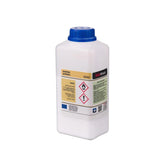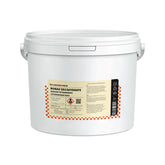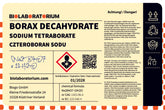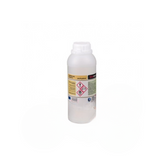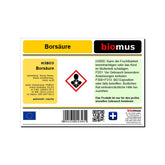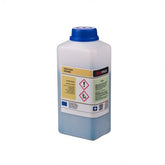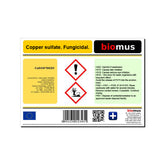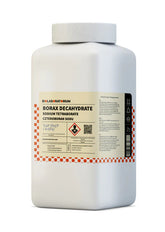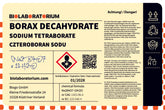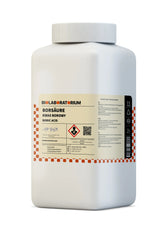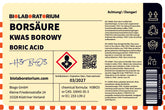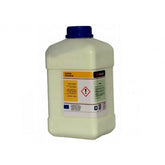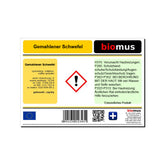Sodium metabisulfite: A versatile helper in industry and household
Sodium metabisulfite, also known as sodium pyrosulfite, is a chemical substance that plays an important role in many industries and applications. As a reducing agent and antioxidant, it finds widespread use in industry, food processing, and household applications. In this article, we take a closer look at the properties, applications, and safety aspects of sodium metabisulfite.
What is sodium metabisulfite?
Sodium metabisulfite (Na₂S₂O₅) is a white, crystalline powder that is soluble in water. It is produced by drying sodium bisulfite and serves as an important reducing agent as well as a chemical antioxidant. Due to its versatile applications, sodium metabisulfite is used in numerous industries and application areas.
Chemical properties
Sodium metabisulfite is a strong reducing agent that can remove oxygen from chemical reactions, thereby preventing oxidation processes. Additionally, it acts as an antioxidant by scavenging free radicals and thus protecting against oxidative damage.
In water, sodium metabisulfite reacts to form sodium hydrogen sulfite (NaHSO₃), which then further decomposes into sulfur dioxide (SO₂). This sulfur dioxide has disinfecting and preservative properties.
Industrial Applications
Due to its versatile properties, sodium metabisulfite is used in numerous industrial applications:
Gas Desulfurization
In refineries and power plants, sodium metabisulfite is used to remove sulfur compounds from exhaust gases. Through the reaction with sulfur dioxide, calcium sulfate is formed, which can then be filtered out of the exhaust gases.
Chemical Industry
As a reducing agent, sodium metabisulfite plays an important role in the chemical industry. For example, it is used in the production of dyes, pigments, and plastics.
Food Industry
In food processing, sodium metabisulfite serves as a preservative and antioxidant. It is used in the production of wine, beer, fruit juices, dried fruits, and other food products.
Water Treatment
Sodium metabisulfite is also used in water treatment. It is employed to remove chlorine from drinking water and thus reduce chlorine levels.
Further Applications
Additionally, sodium metabisulfite is used in the textile industry, photography, medicine, and cosmetics.
Safety and Usage Instructions
Although sodium metabisulfite is used in many areas, caution is required when handling it. It can cause irritation to the respiratory tract, skin, and eyes. Therefore, it is important to wear appropriate protective equipment such as respirators, gloves, and safety goggles when using it.
Furthermore, individuals with allergies or sensitivities to sulfur dioxide may react to sodium metabisulfite. In food products, the sodium metabisulfite content must therefore be declared so that allergy sufferers are informed.
When storing sodium metabisulfite, dry and well-ventilated conditions must be ensured, as it can decompose in the presence of moisture. Additionally, it should be kept away from oxidizing agents.
Conclusion
Sodium metabisulfite is a versatile chemical substance that plays an important role in numerous industries and applications. As a reducing agent and antioxidant, it is widely used, for example in gas desulfurization, the chemical industry, and food processing.
However, handling sodium metabisulfite requires special precautions due to its properties. With proper handling and adherence to safety regulations, it can be a useful and important helper in industry and households.
